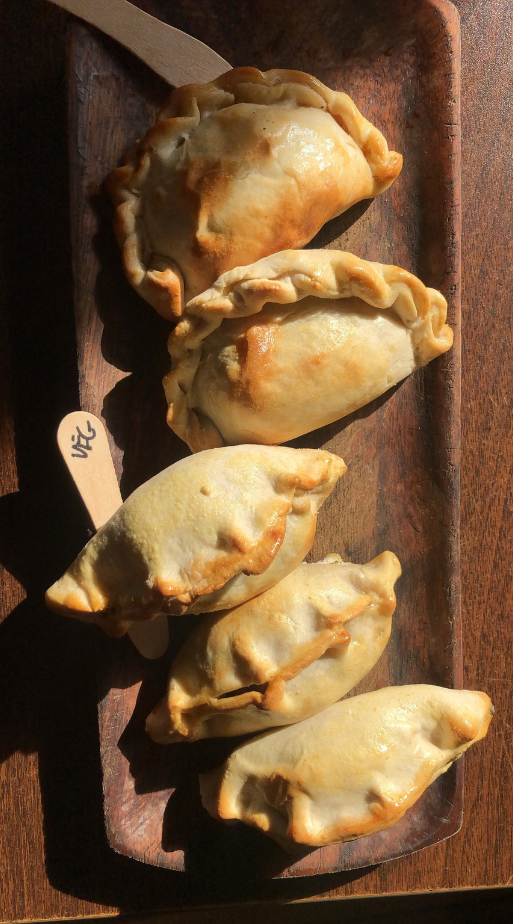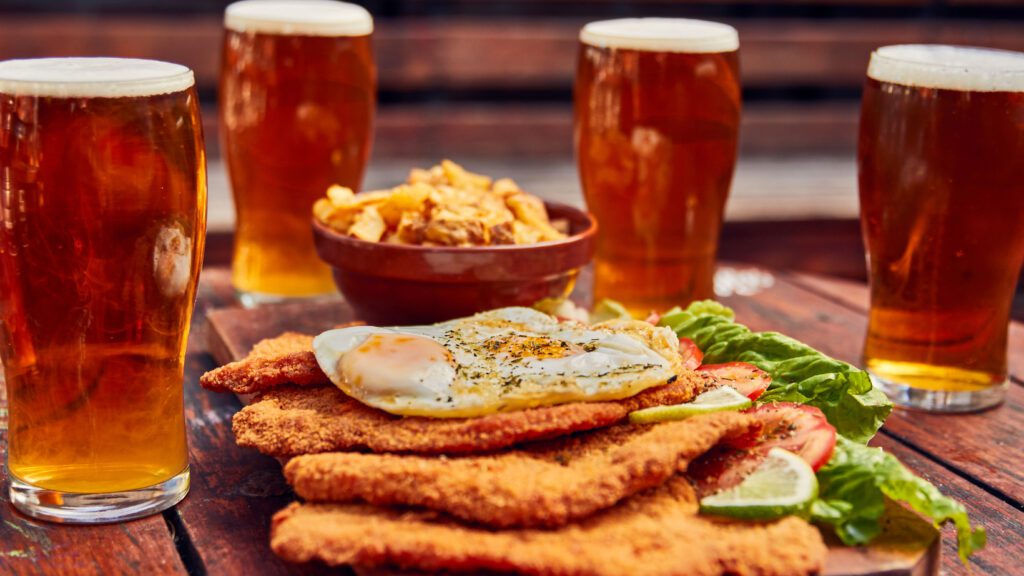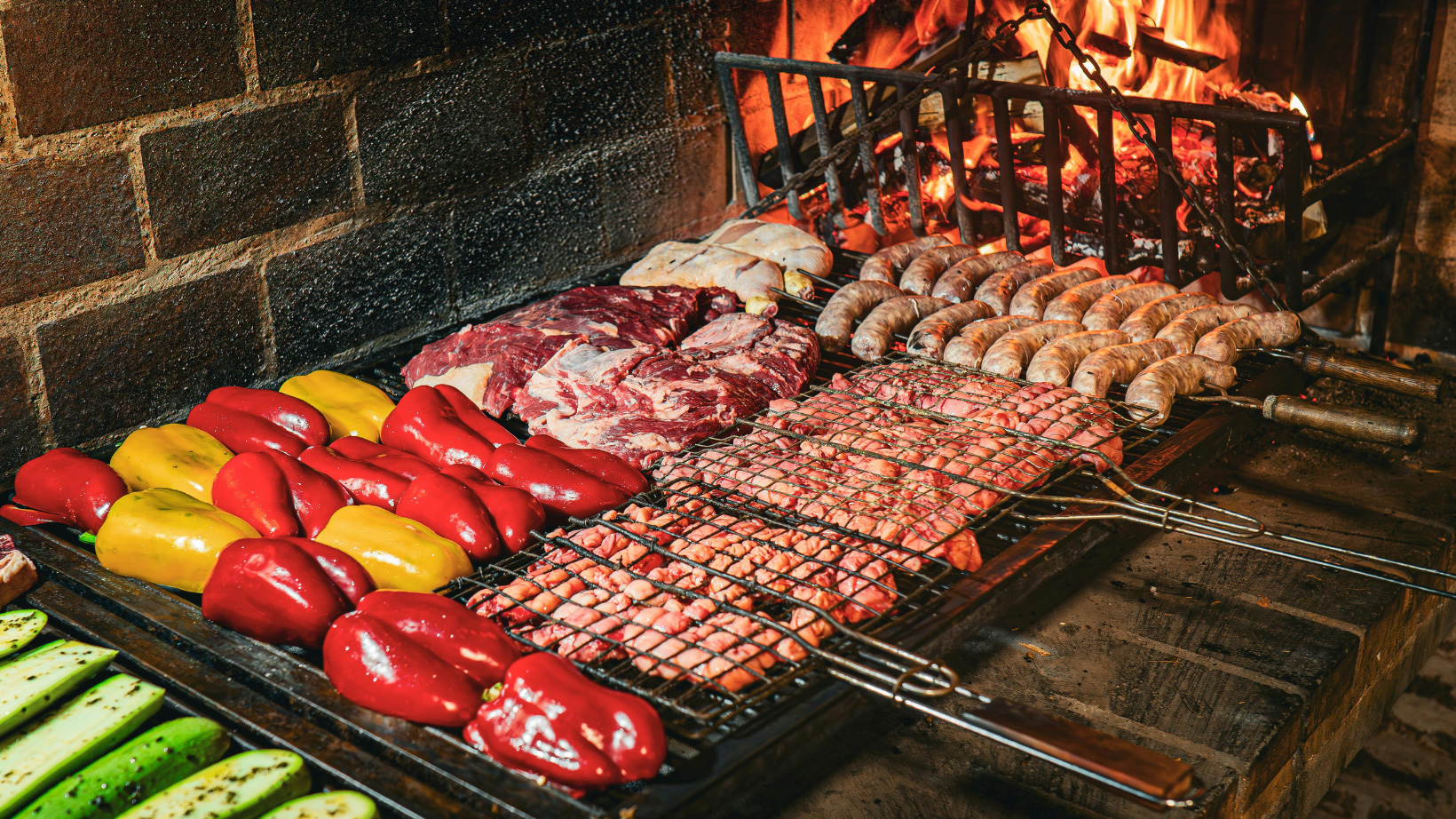Think you know asado, empanadas, and dulce de leche? Think again! While these names might sound familiar to Filipino ears, Argentina takes these beloved dishes to a whole new level of obsession and perfection. Welcome to a country where food isn’t just sustenance—it’s a passionate love affair.
Asado (but make it Argentine)
Sure, you know asado as grilled cured meat, but Argentine asado isn’t just barbecue—it’s a religious experience that makes our weekend ihaw-ihaw look like child’s play. Argentines don’t simply grill meat—they perform a ritual that can last hours. The asador (grill master) tends to the fire like a devoted priest, carefully arranging cuts of beef, pork, and lamb over glowing coals.
The star is the bife de chorizo (sirloin steak), but don’t miss the morcilla (blood sausage) and chorizo. Argentines eat parts of the cow that many wouldn’t dare touch, and somehow make them taste divine. It’s like our own lechon—nose-to-tail eating, but with beef as the star.

Empanadas: not your Tita’s recipe
Yes, we have empanadas too, but Argentina’s version will make you forget everything you thought you knew about these little pockets of joy. These serious, savory affairs with golden, flaky pastry shatters at first bite.
Stuffed with spiced ground beef, ham and cheese, chicken, or sweet corn, each province has its own sacred recipe, leading to friendly rivalries that get surprisingly heated. They’re perfect for any meal, and trust us—eat them fresh from the oven when the filling is bubbling hot.

Dulce de leche
We’re all familiar with the creamy, slow-cooked masterpiece made by patiently heating milk and sugar until it transforms into pure magic. But while it’s something we might drizzle it on halo-halo or use in pastries, Argentines put it on everything: toast, ice cream, cakes, cookies, and sometimes eat it straight from the jar (no judgment here).
The country produces 200,000 tons annually—that’s 11 pounds per person per year. Talk about dedication to deliciousness!
Mate: more than just tea
While not technically food, mate deserves a mention because it’s practically a food group in Argentina. This bitter herbal tea is consumed from a hollow gourd through a metal straw called a bombilla. Sharing mate is a social ritual that brings people together—it’s passed around in a circle, creating bonds and conversations.
Don’t be surprised if someone offers you a mate on the street. It’s not just a drink; it’s an invitation to friendship.

Milanesa: comfort food
Milanesa is Argentina’s answer to schnitzel—a thin slice of beef or chicken, breaded and fried to golden perfection. Often served with mashed potatoes or a simple salad, it’s the ultimate comfort food. The milanesa napolitana takes it up a notch by adding ham, tomato sauce, and cheese on top, creating a dish that’s both familiar and distinctly Argentine.
Sweet endings
Alfajores are sandwich cookies filled with dulce de leche and often coated in chocolate. They’re perfect with afternoon coffee.
Medialunas are Argentina’s sweeter take on croissants, often glazed and enjoyed for breakfast. Buenos Aires has more bakeries per capita than Paris—now that’s commitment to carbs!
Malbec, magic and more
While exploring Argentine cuisine, you can’t ignore the wine. The country produces some of the world’s finest Malbec, and the combination of perfectly grilled beef and a glass of smooth, full-bodied red wine is nothing short of transcendent.
The culinary adventure awaits
Argentine cuisine takes our familiar flavors and elevates them to an art form, blending indigenous ingredients with Spanish and Italian influences. It’s like discovering that your favorite comfort foods have been living their best life in South America all along.
Whether you’re biting into your first Argentinian empanada or savoring a perfectly grilled steak, Argentine food offers more than flavors—it’s a masterclass in taking good food and making it extraordinary.
So grab your appetite and prepare for a culinary adventure that will make you rethink everything you thought you knew about asado, empanadas, and dulce de leche.
¡Buen provecho!






